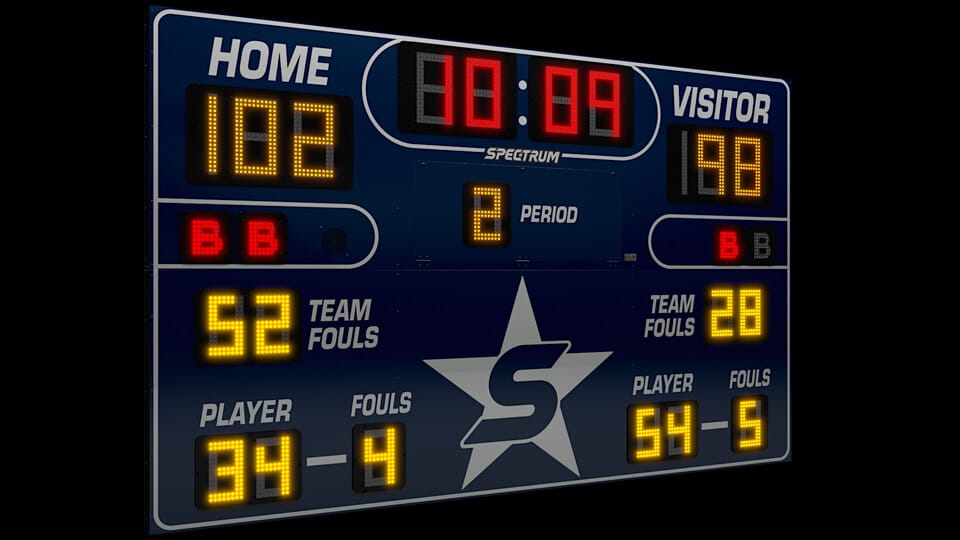Time to supplant your old scoreboard? Or do you have a brand-new location that needs one of these? Regardless of the circumstance, you should opt for a digital one due to its numerous advantages. You must have researched their potential utility, don’t you think?

How to Get Great Digital Scoreboards
Digital scoreboards are the best option because, if you choose wisely, they offer incredible durability and quality, better visibility, and easier access and control. The phrase “if you choose wisely” deserves special mention. This means that you shouldn’t take it for granted because getting the right digital scoreboard for your venue is your responsibility and goal.
If you don’t work hard enough, you won’t be able to reach that goal. If you choose something haphazardly, you will most likely end up regretting it, which is definitely not what you want. Therefore, you must put in the necessary effort and comprehend what you need to think about and do when looking for a great digital scoreboard. Furthermore, luckily for you, what I’ll do below is share a few hints that will assist you with making the right contemplations and at last the best purchasing choice.
Choose one that is uniquely yours
Did you know that not all scoreboards have to look the same? These are frequently designed and sold by businesses that provide custom options. And if you choose the custom option, you won’t have to worry about whether the board will look weird or not reflect who you are. Instead, you can customize it to perfectly match your venue. When you make the decision to go shopping, the first thing you should keep in mind is that getting a custom digital scoreboard is unquestionably quite beneficial.
Size: The size of your venue will directly affect the size of the board you want. The best size will be determined by carefully considering the area to which you will add this particular tool. In addition, visibility should be one of your primary considerations when making this decision because you don’t want anyone to complain that they can’t see the score clearly enough. If you wanted to make the experience better, that would be disastrous.
Are you curious about the past of scoreboards? A good read about it is: Click Here
How to Get Great Digital Scoreboards
and Visual Quality When talking about visibility and the possibility that poor visibility will ruin the experience, there is yet another important consideration to make in this regard. You might have believed that size does not matter here, but that is not the case at all. The visibility and overall experience of your spectators will be greatly influenced by the digital scoreboard’s visual quality. As a result, this is a factor that should never be overlooked because it will either make or break the experience as a whole.
Keep in mind durability
Do you want to buy new scoreboards every year or do you prefer those that can last longer? Isn’t that a silly question? Because no one would be willing to make the same purchases over and over again, thereby losing not only money but also time and, well, nerves, it is evident that everyone knows the answer. However, what does all of this mean?
Simply put, this indicates that you want the digital scoreboard you select to be extremely long-lasting. Additionally, you are entitled to desire this. During the course of your shopping, you will unquestionably be able to locate the boards that are most durable by reading customer feedback and reading product reviews. This is an extremely important consideration to keep in mind if you really want to experience all of these products’ benefits, Alive For Me such as those discussed on this website. You will unquestionably want these products to be durable.
Choose the Right Company
to Design and Sell It Since a custom scoreboard is clearly the best option, you must carefully select the right company to design and sell it because you will be looking for one. It will be helpful to check out and investigate a number of them because you can compare their services and boards’ quality to determine which company can provide the best solution. Because research can be done online, it won’t be hard for you.
Compare the Costs
While comparing a company’s quality and services is important, you should also compare the costs of the boards you’re considering purchasing if you really want to get the best deal. After all, you need to consider your budget. But keep in mind that quality should always come first, so don’t give up on quality just to get a lower price from someone else.








